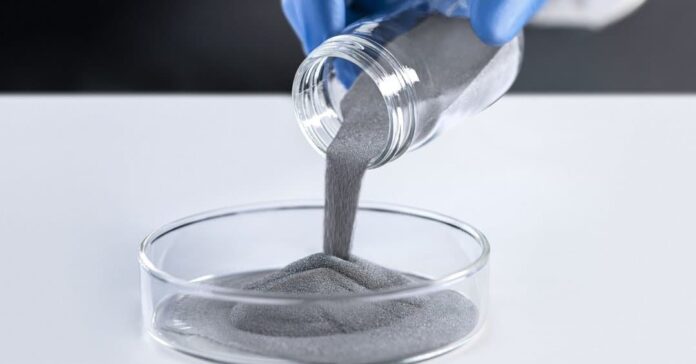Hidden in a can on a dusty old shelf in your grandparents’ garage, you might find a can labeled ‘aluminum powder.’ But what is aluminum powder? Aluminum powder is a grayish-white to silver-colored powder that is light and flaky. Aluminum is the third most rich compound on this earth’s crust. This odorless element is typically coated with a layer of aluminum oxide until and unless the partials are freshly formed. There are two types of aluminum powder: a “flaky” type created by stamping cold metals.
And another one is “granulated,” made with molten aluminum. This element is used in many different industries and has a variety of applications. Some of the most common uses for aluminium powder include printing inks, paints, rocket fuel, and explosives.
Common Uses of Aluminum Powder
Below are some common uses of aluminum powder:
1. As a pigment in paints, inks, and dyes. Aluminum powder can be mixed with other pigments to create a metallic sheen or sparkle. It is also used as an opaque colorant in lacquers and varnishes.
2. In the production of propellants and pyrotechnics. Aluminum powder is often used as an ingredient in combustible compositions for rocket fuels, fireworks, and signal flares.
3. As a reducing agent in manufacturing metals such as titanium and zirconium. When aluminum powder is used as a reducing agent, it causes the formation of metal alloys with different properties from those of pure metals.
4. In metallurgy, aluminum powder is often used to create metal powders with unique physical properties. For example, adding small amounts of aluminum powder to iron powder makes it possible to make a composite powder that is more resistant to oxidation than pure iron powder.
5. As an additive in fuel oils. Small amounts of aluminum powder are sometimes added to fuel oils to increase their combustion efficiency.
6. In the food industry, it is used as a flour treatment agent, leavening agent, and drying agent. Aluminum powder coats the surface, so they do not stick together or become discolored.
7. As an abrasive in polishing compounds and blasting agents. Aluminum oxide particles are frequently used as an abrasive in sandblasting operations and for polishing plastics, metals, and glassware.
8. In making electrical conductor composites and dielectric materials.
9. Aluminum flake powders are used as filler material for elastomers such as silicone rubber and polyurethane rubber because of their low density (60–70% of that of water) combined with good electrical conductivity (approximately 60% IACS). These flakes also confer reinforcing properties to elastomers due to their fine particle size, which leads to high specific surface areas (upwards of 200 m2/g). Pure metallic conductivity is only achieved when these materials contain at least 70 vol% Al flakes; volume resistivity lower than 10−6 Ω·cm can be achieved. Typical loadings are ten vol% (mixed with graphite) and 40 vol%. The reason for this wide range in loadings lies with processing difficulties; above 40 vol%, it becomes difficult for the Al flakes to stay well dispersed during vulcanization or crosslinking reactions.
Conclusion
As you can see, aluminum powder has many uses across various industries! So next time you’re rummaging through your grandparents’ garage (or anywhere else), don’t overlook that can labeled ‘aluminum powder.’ Who knows? It might just come in handy someday.




